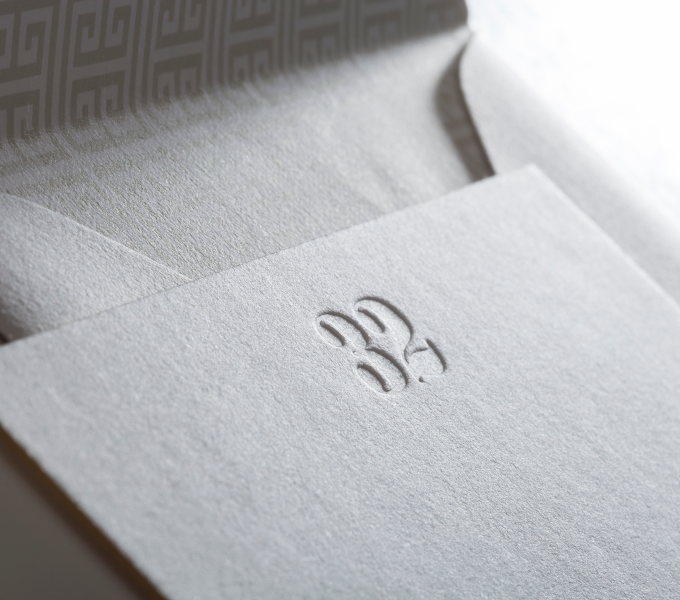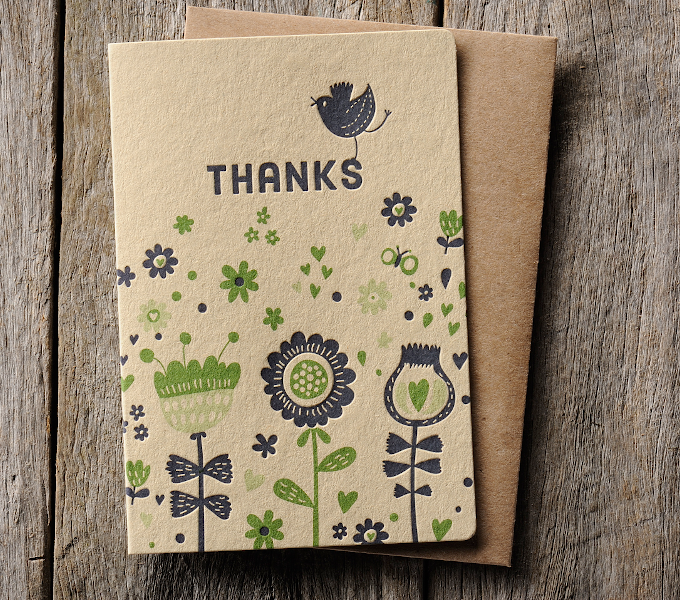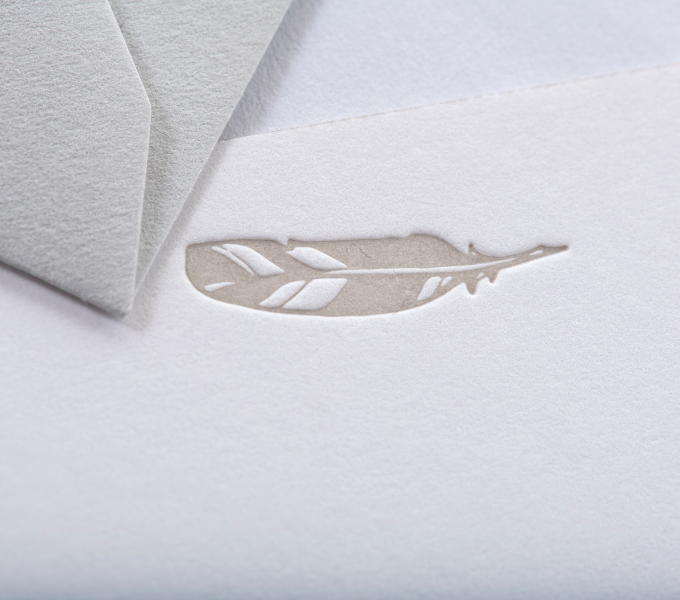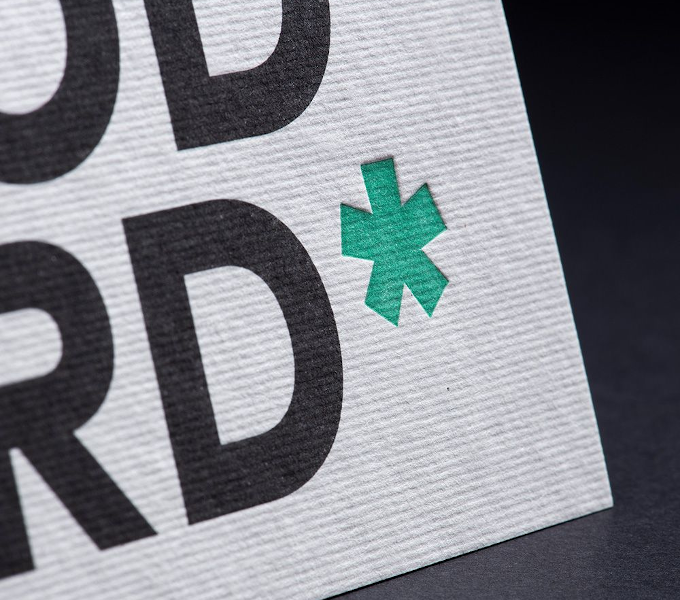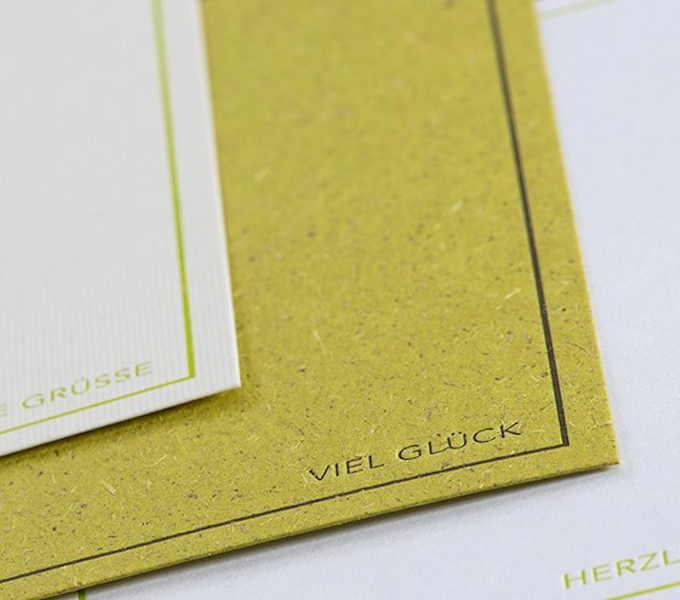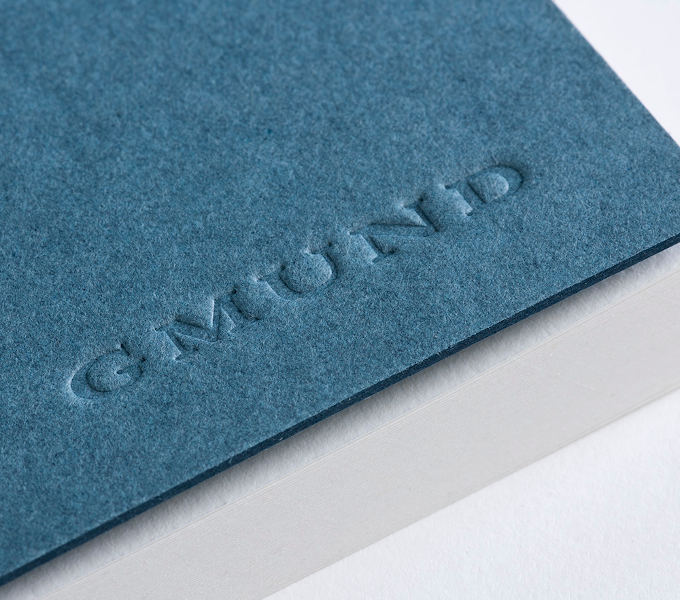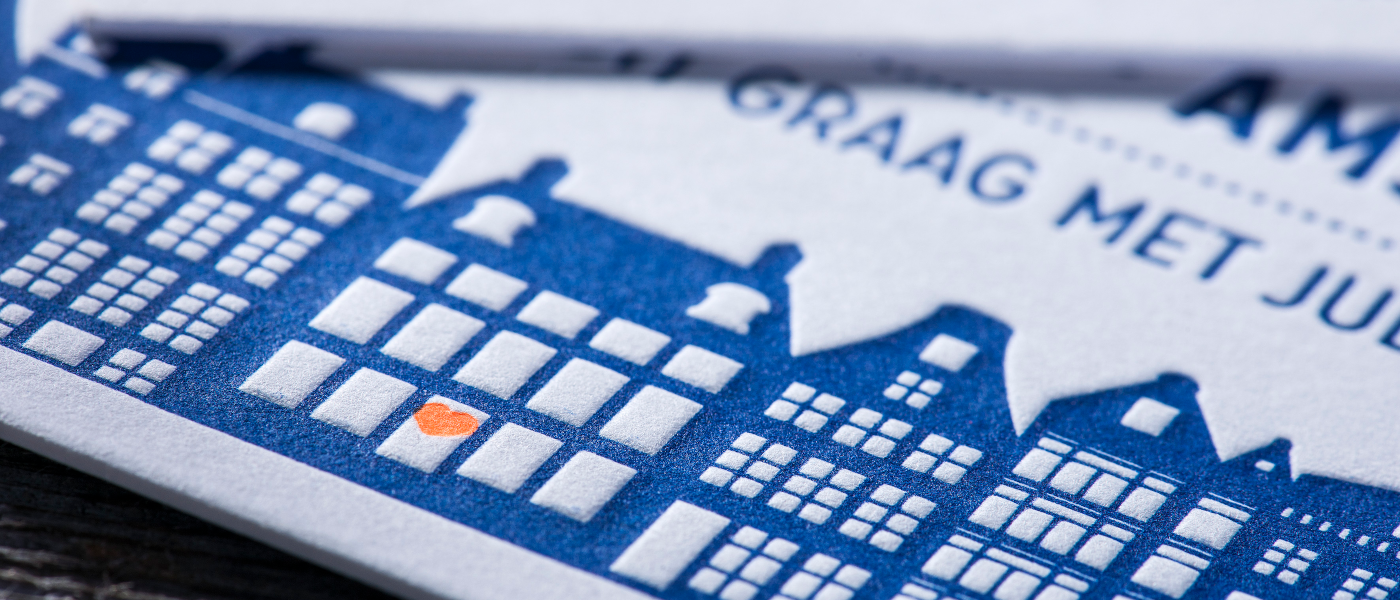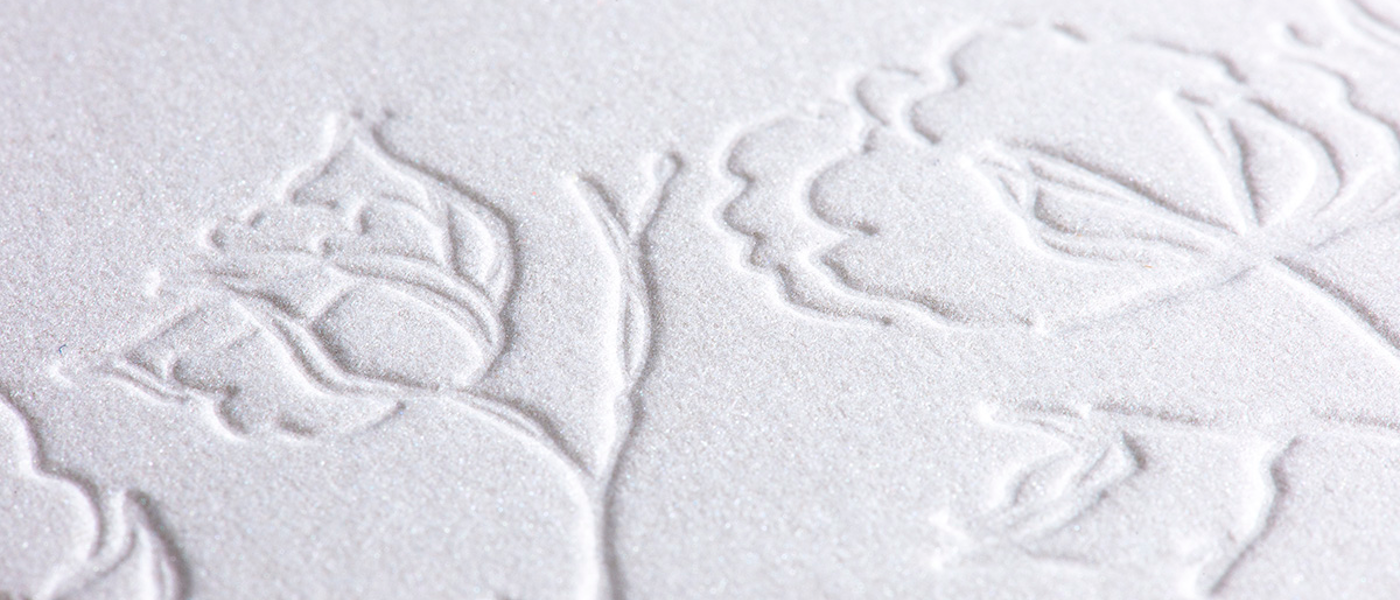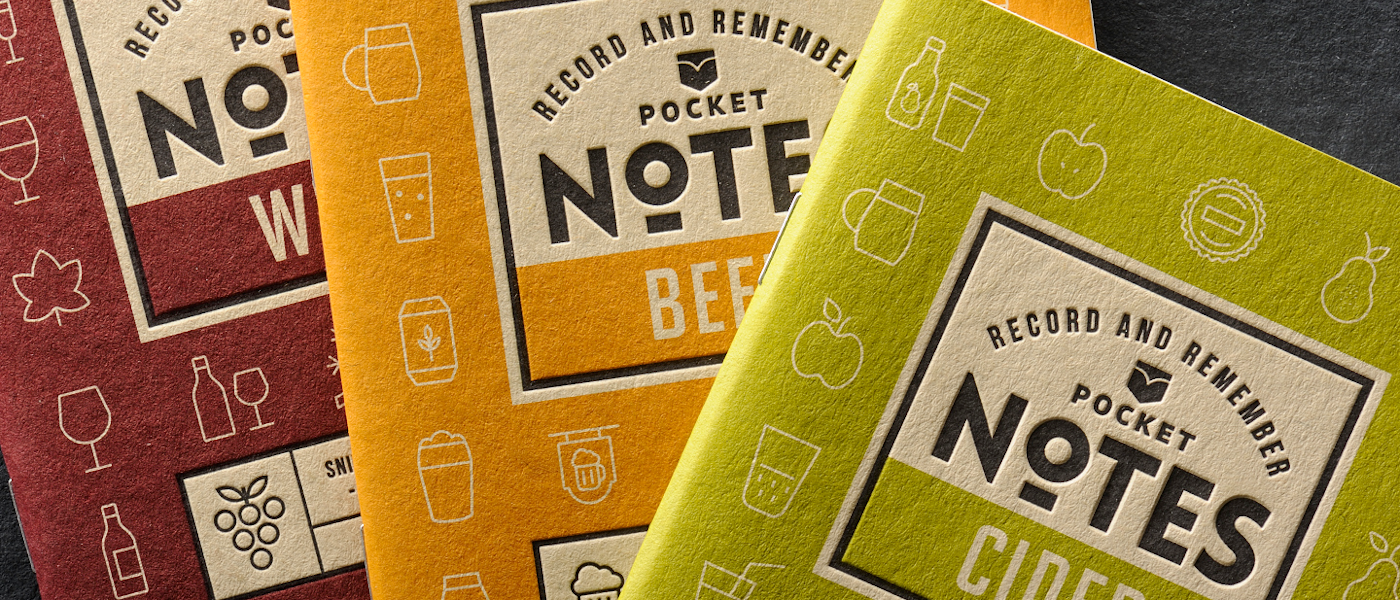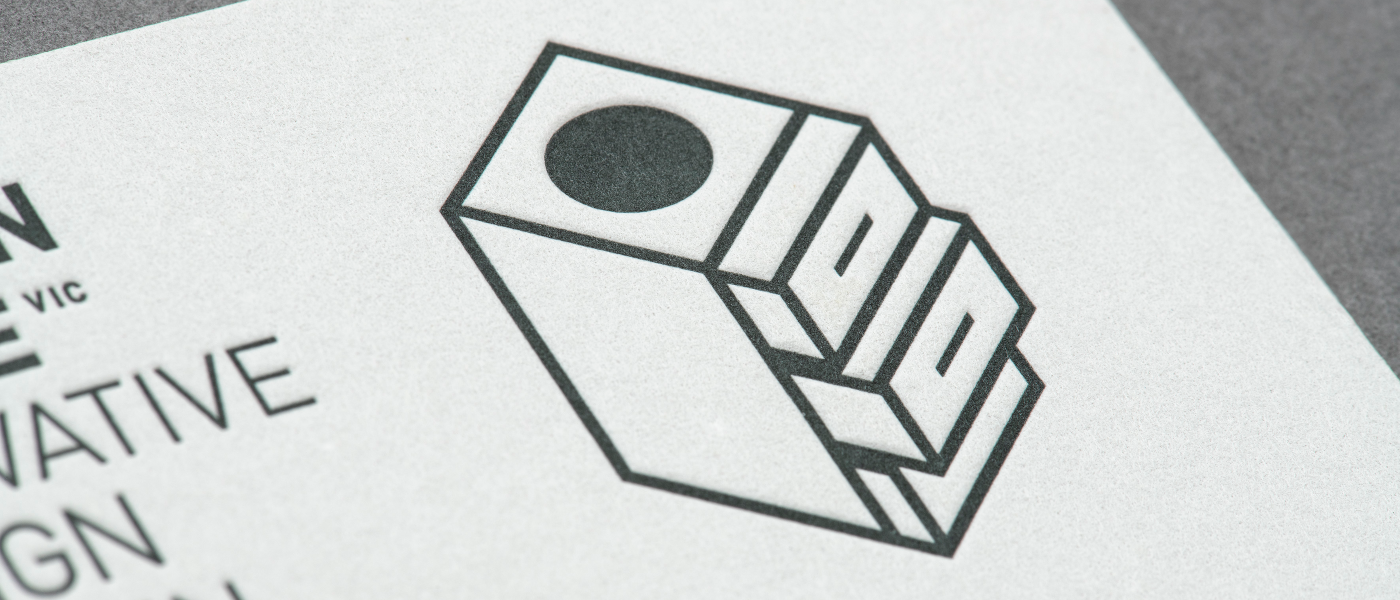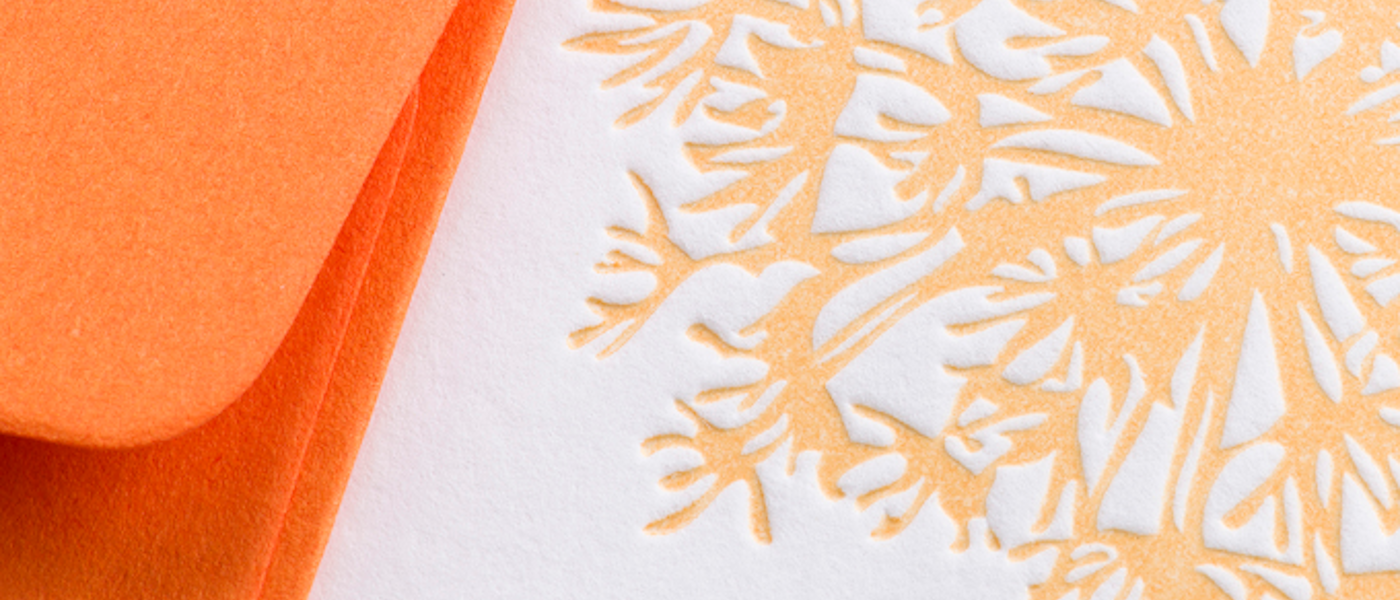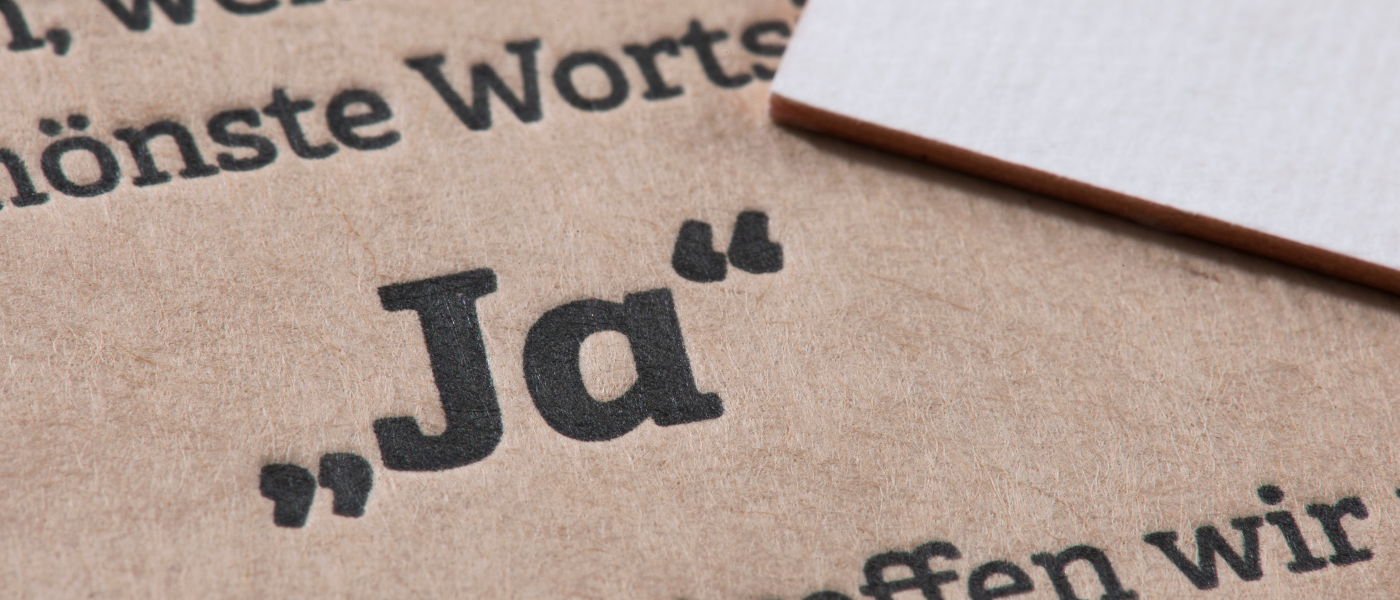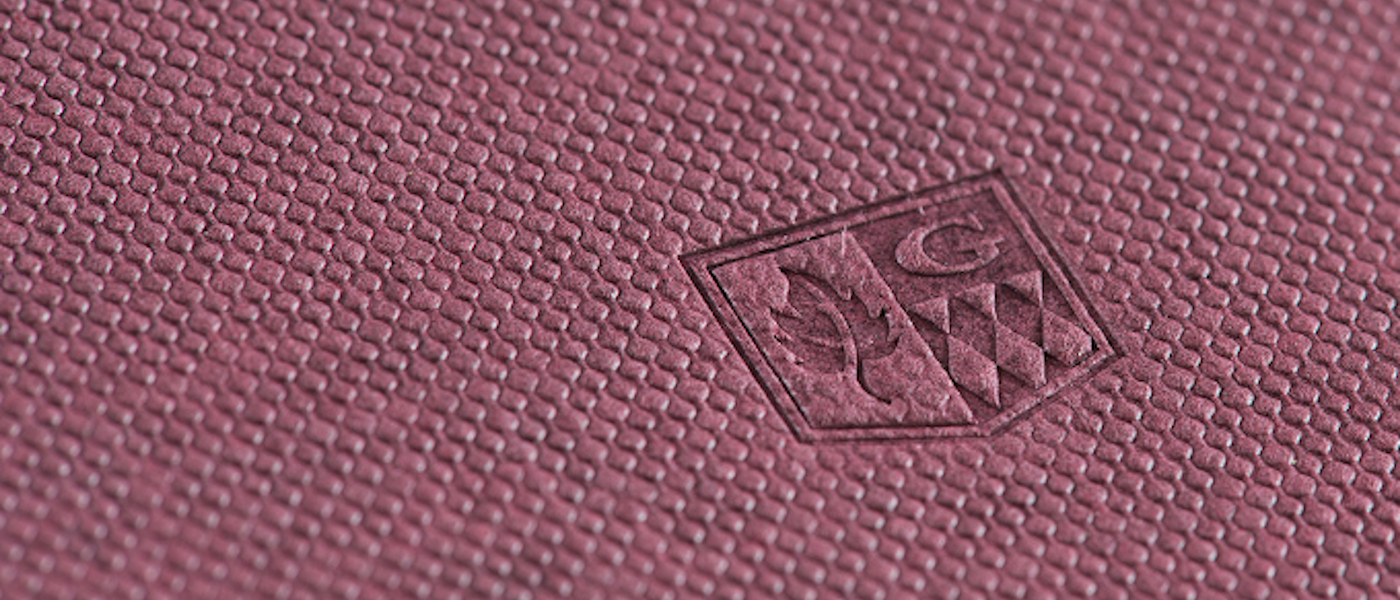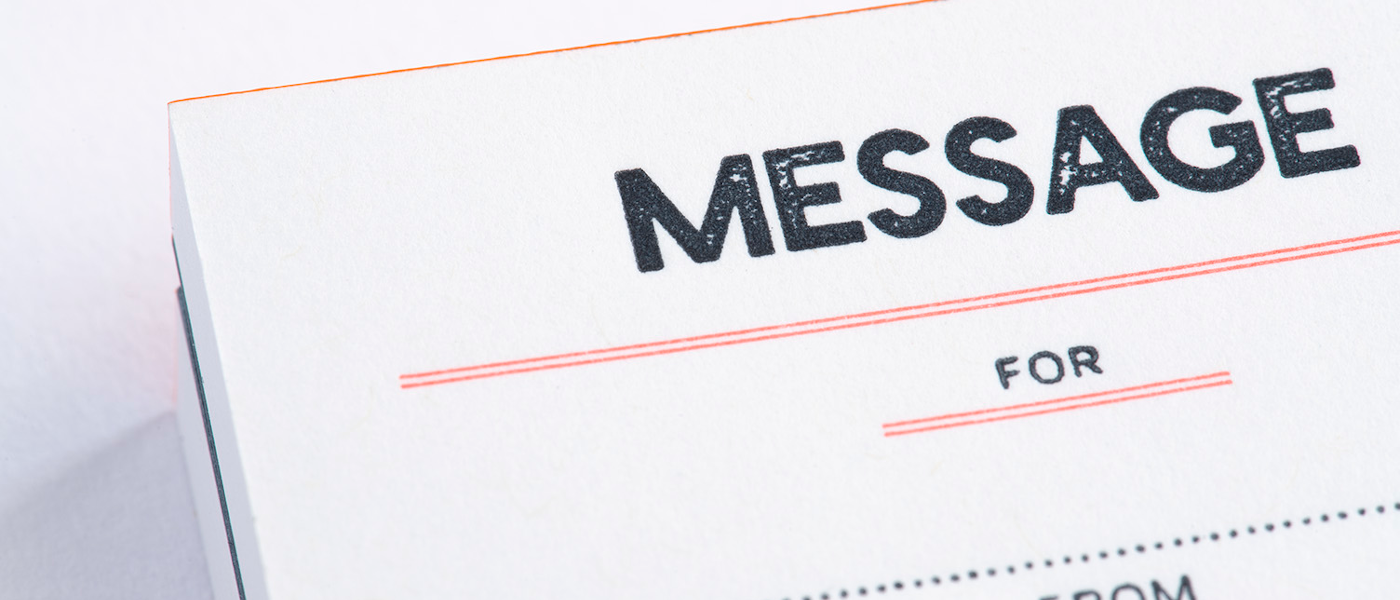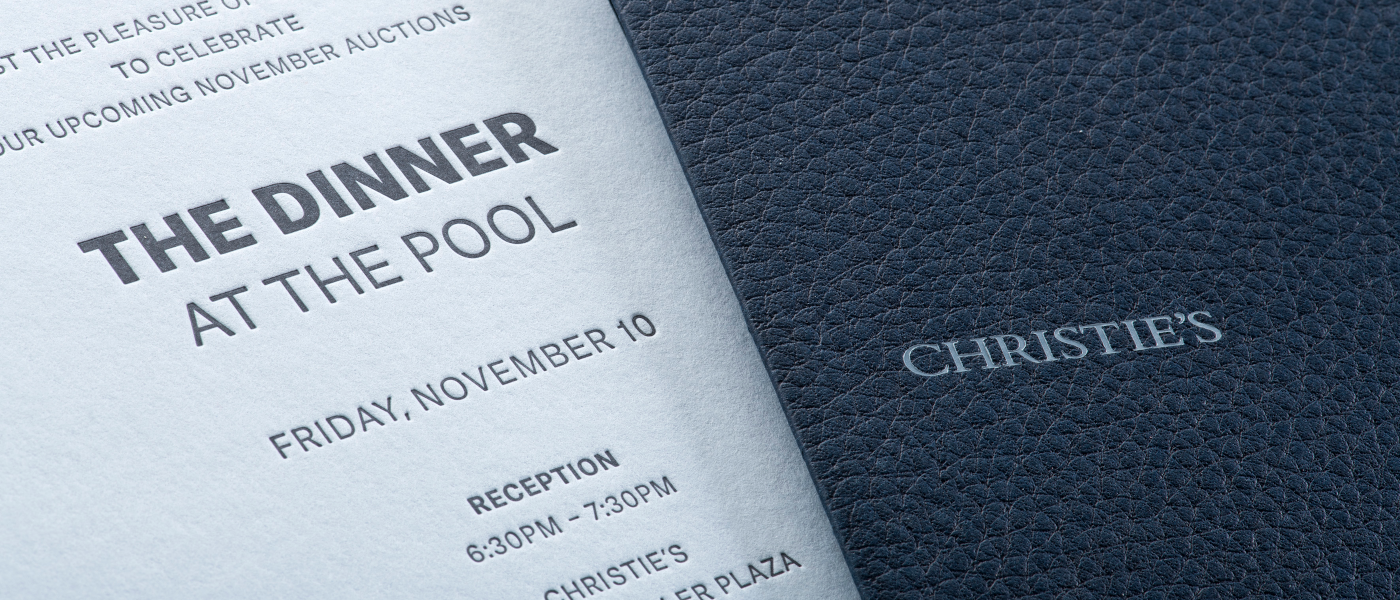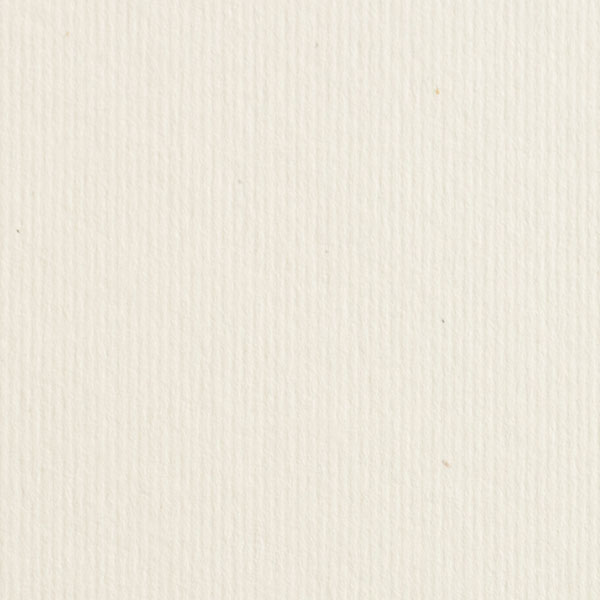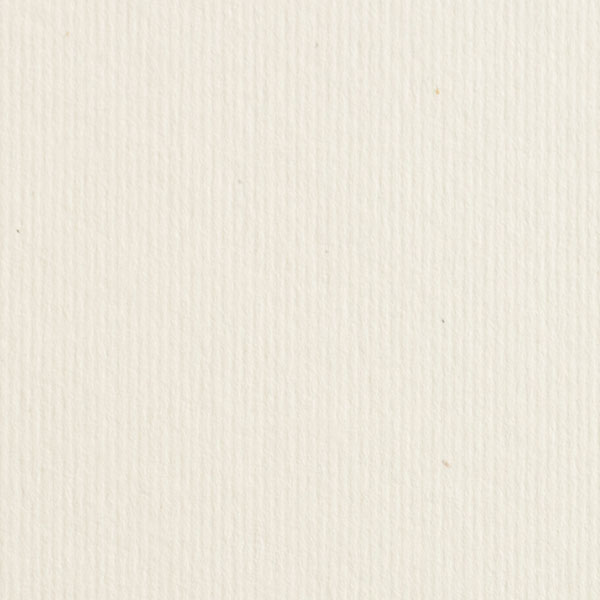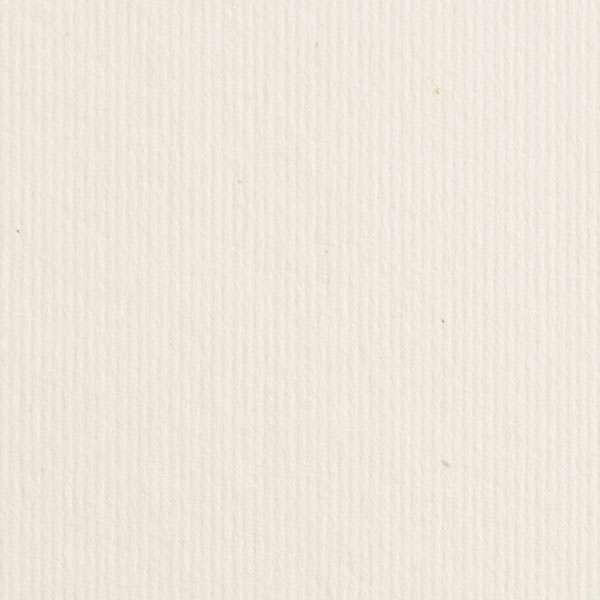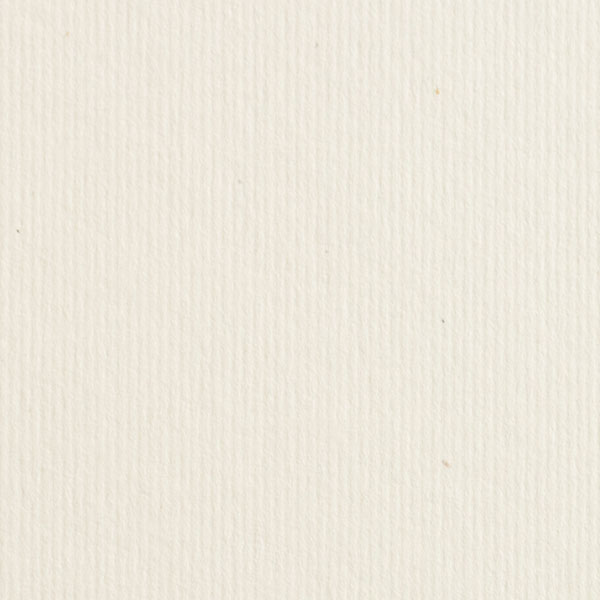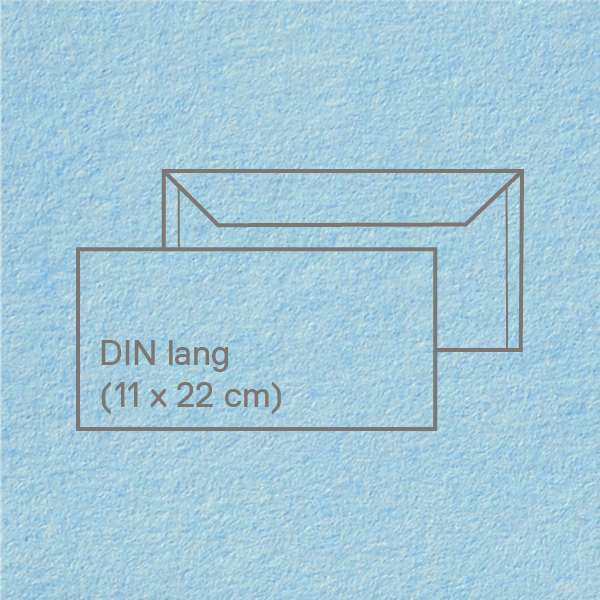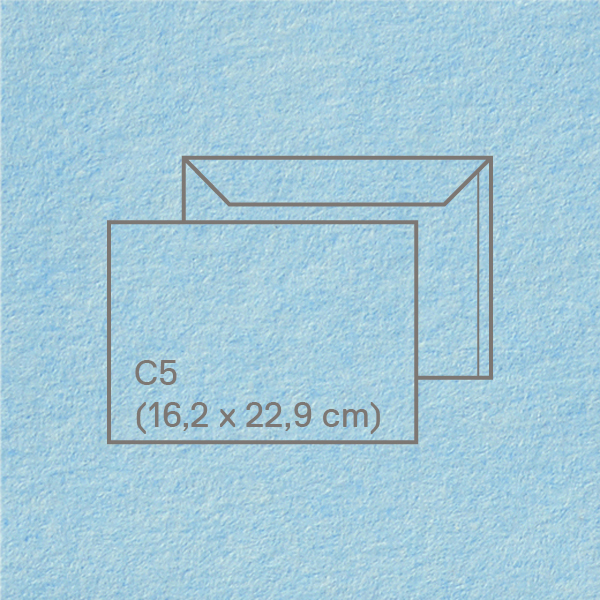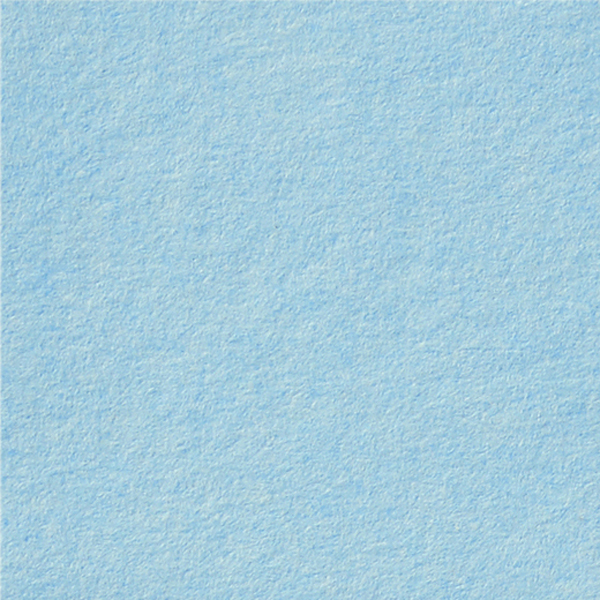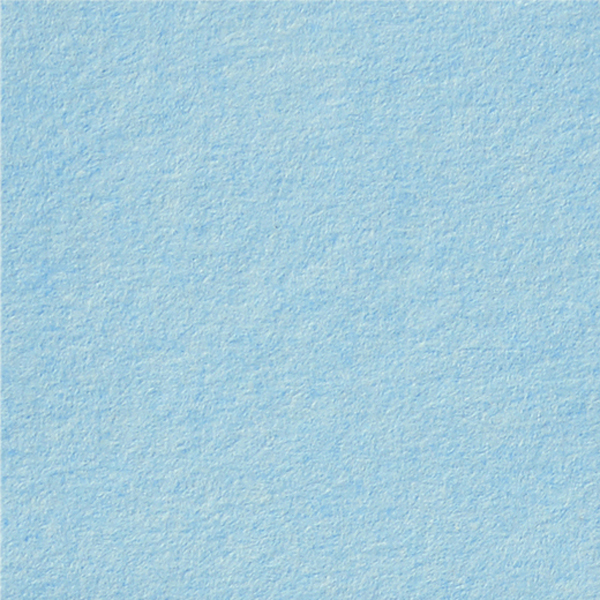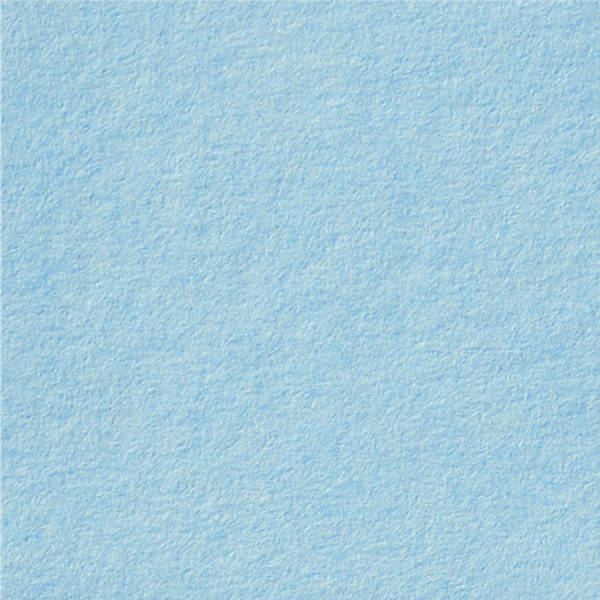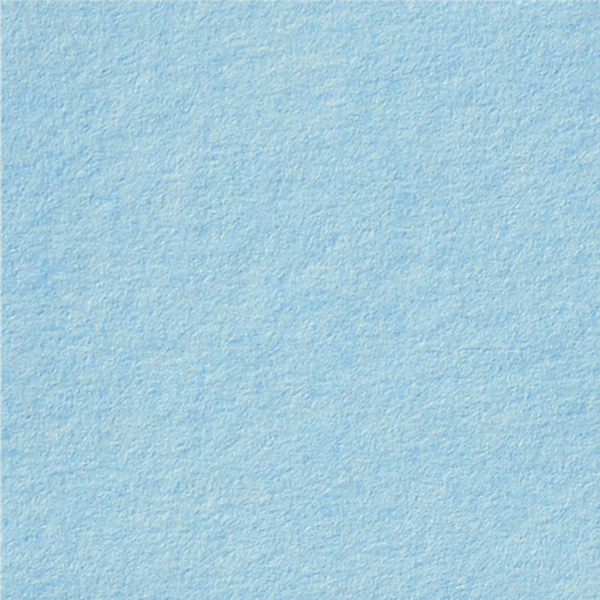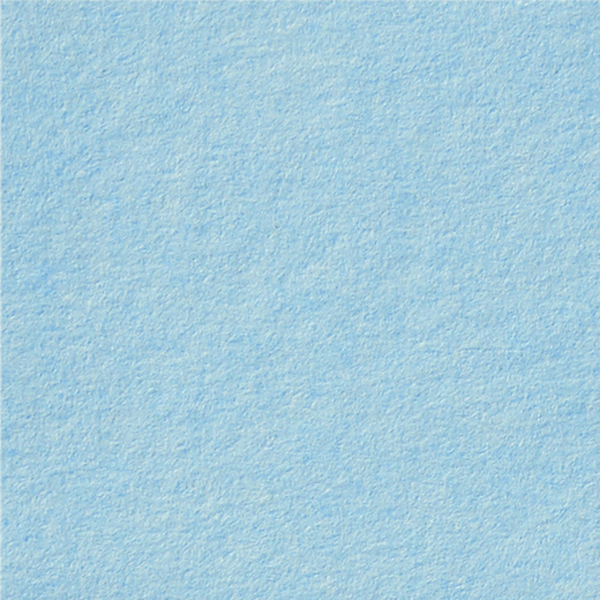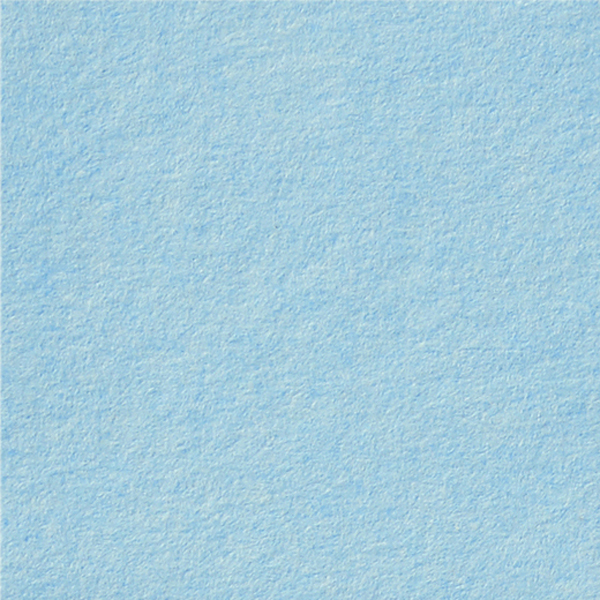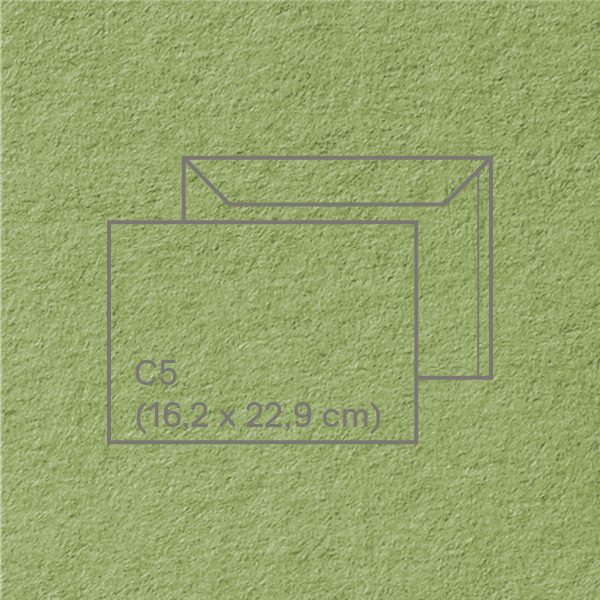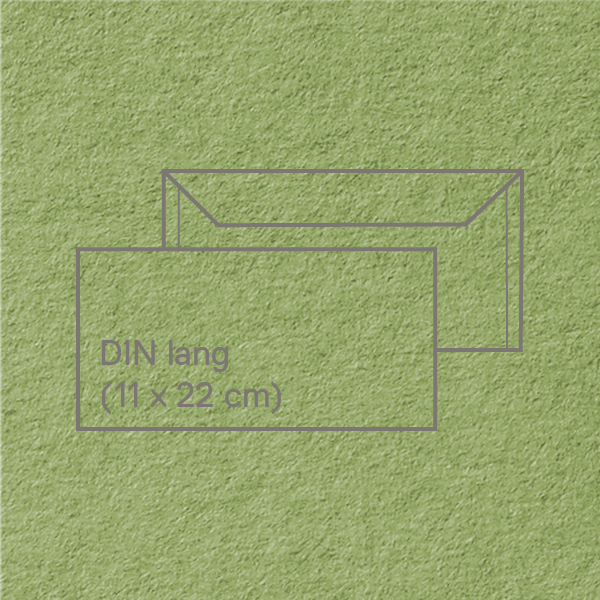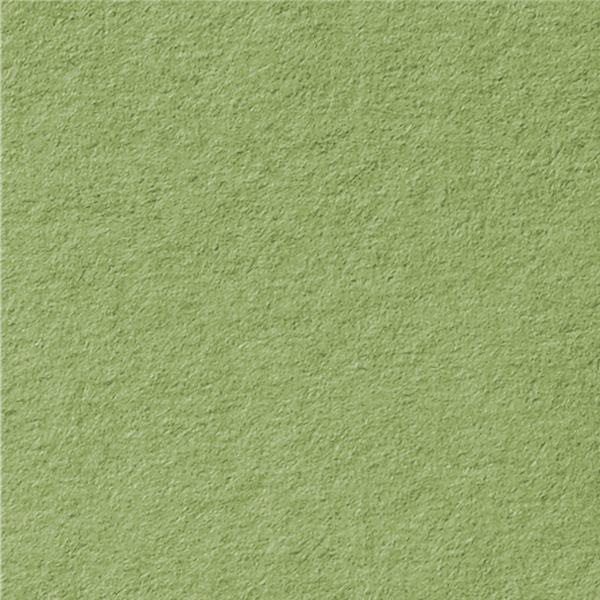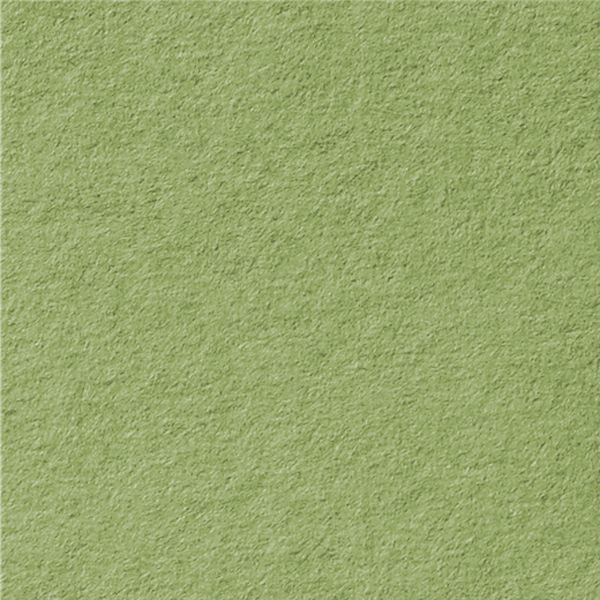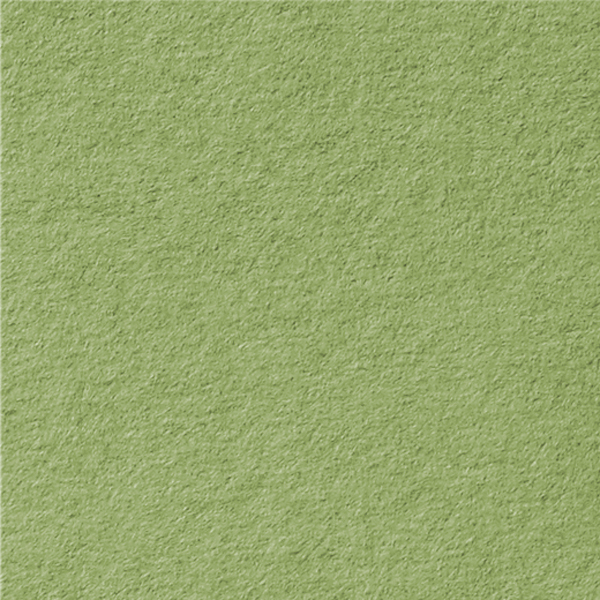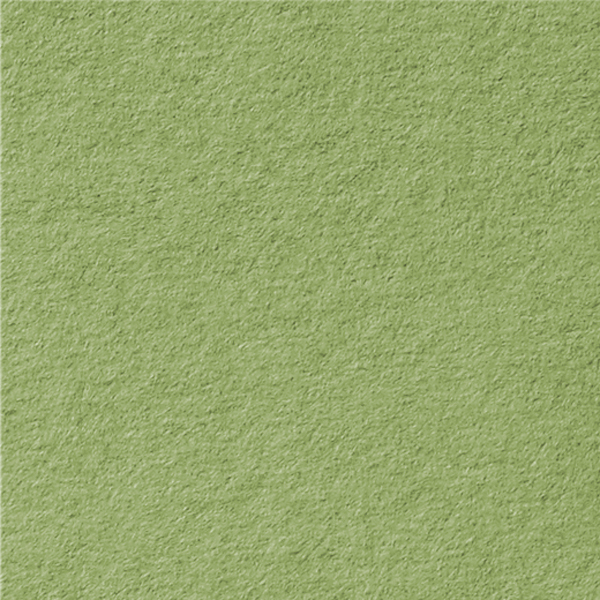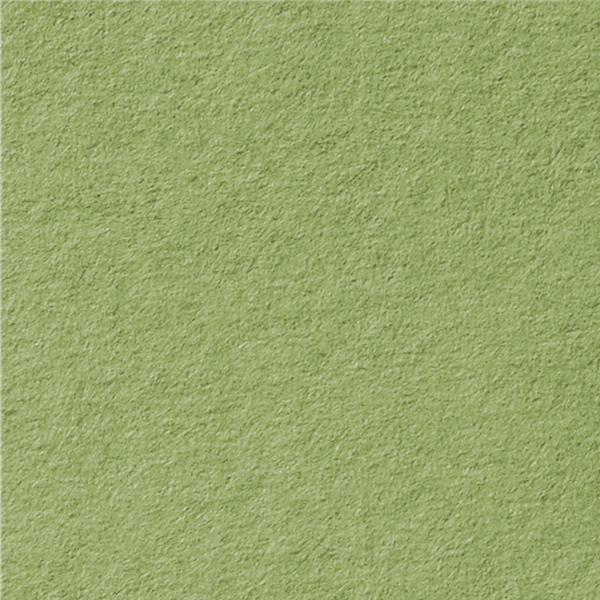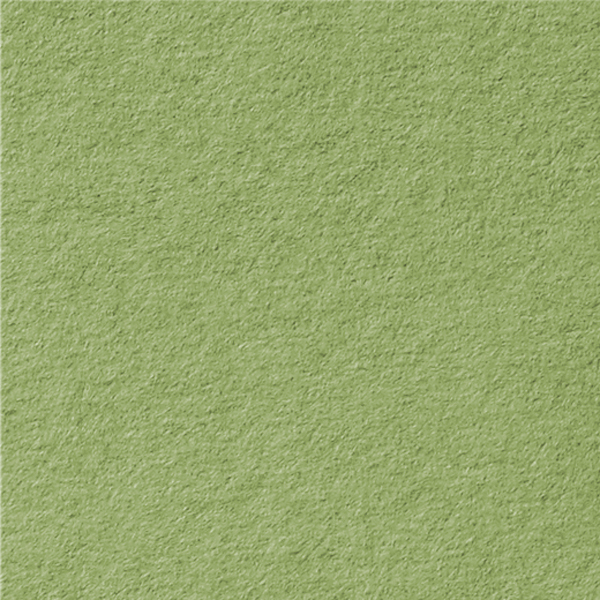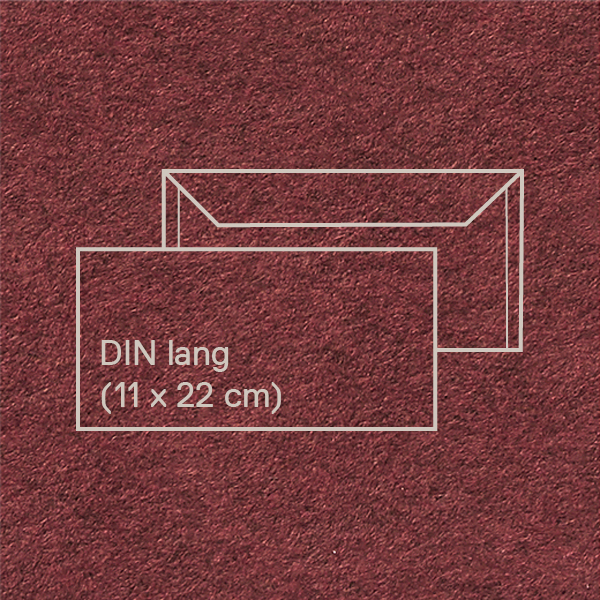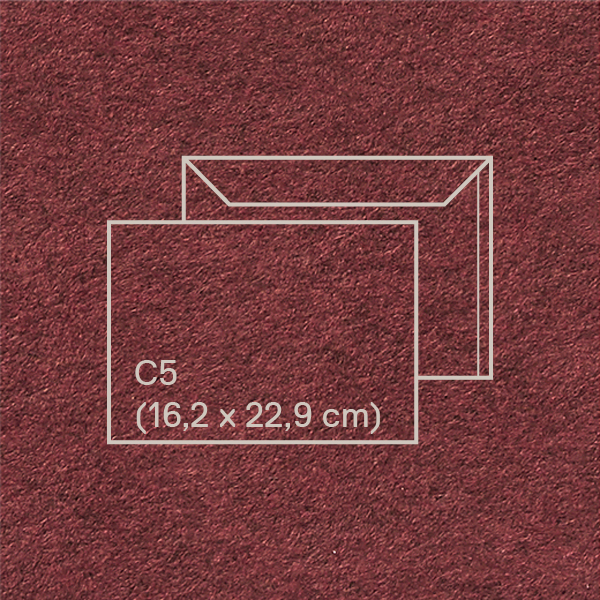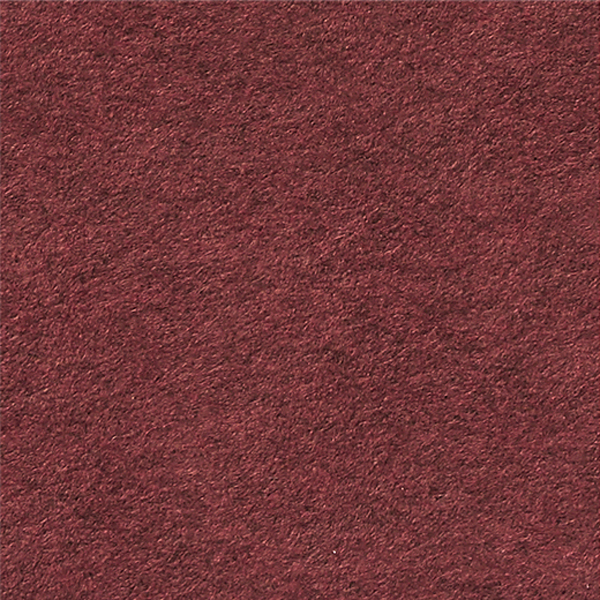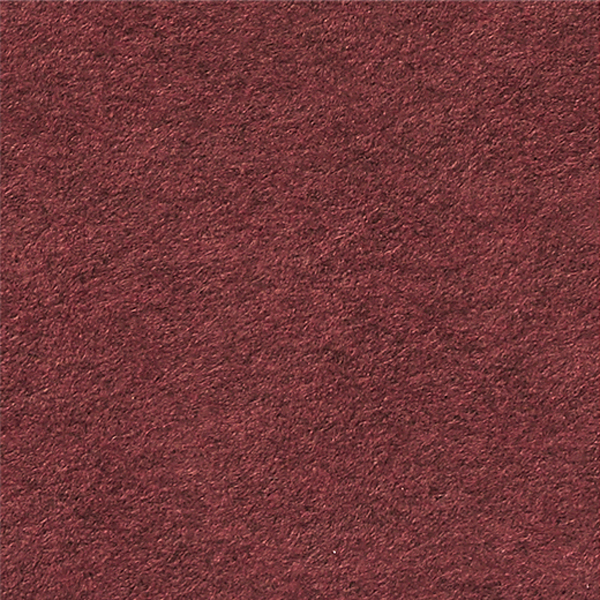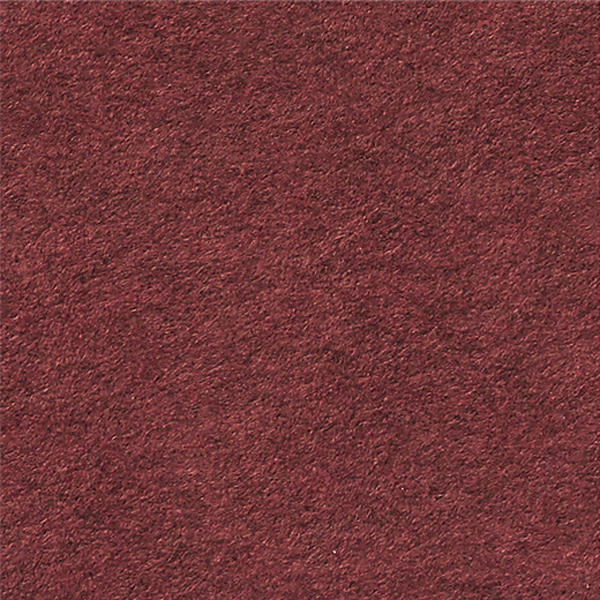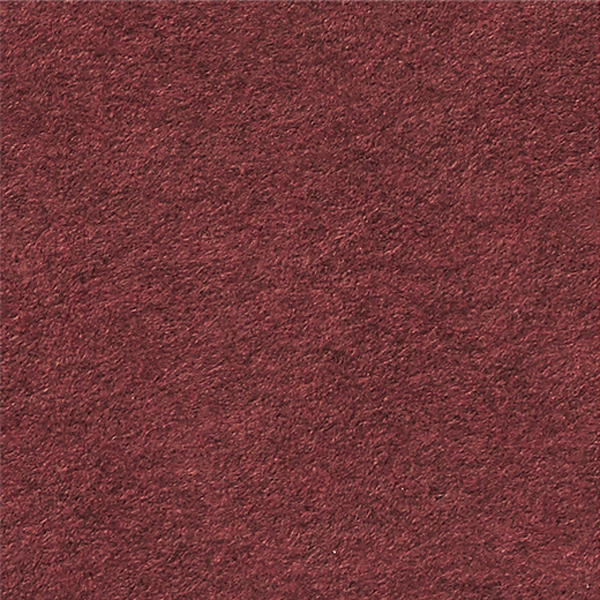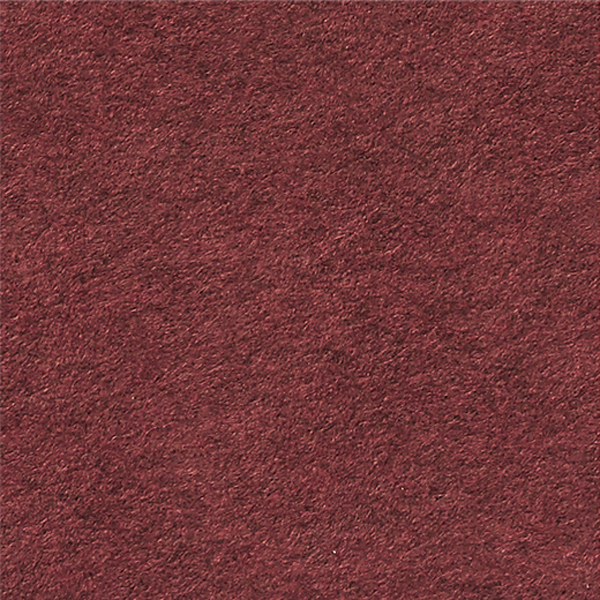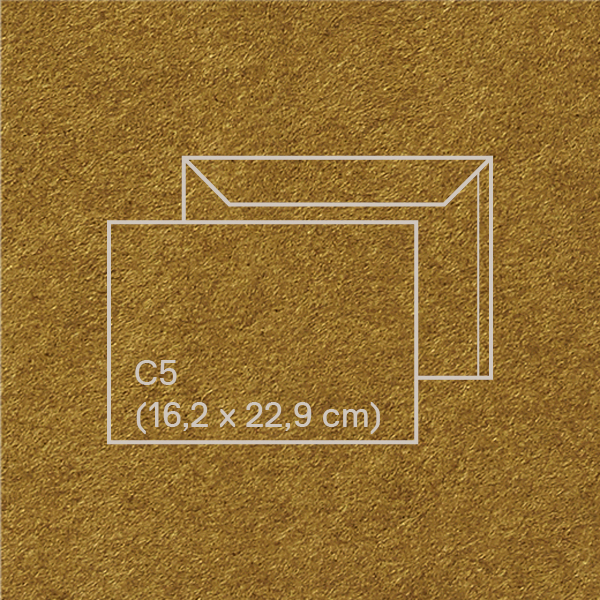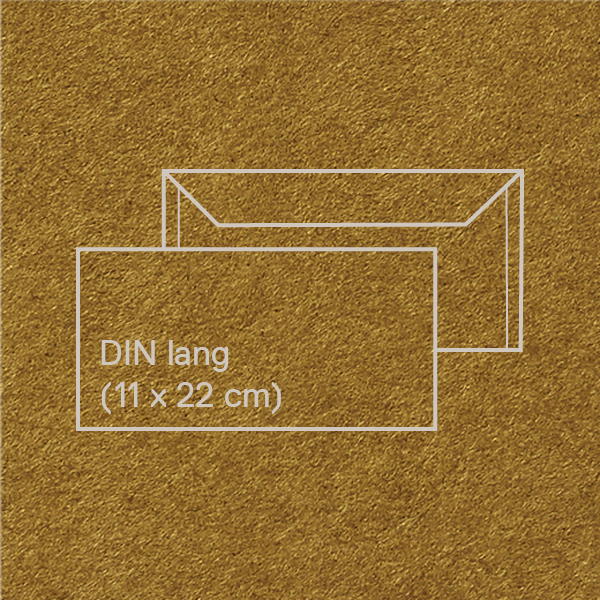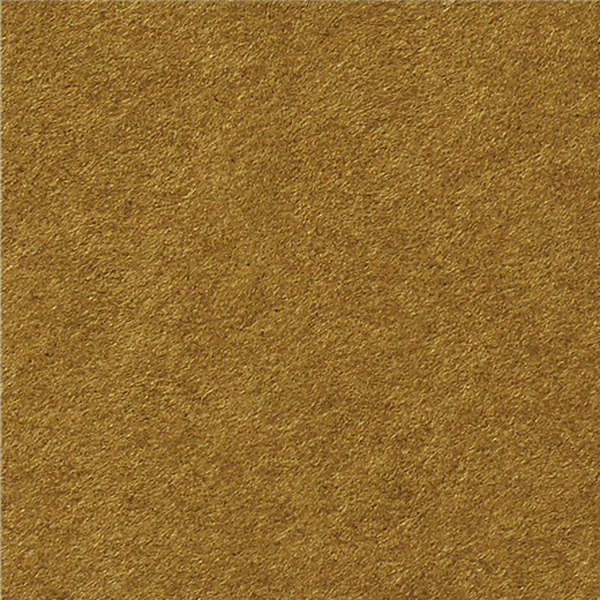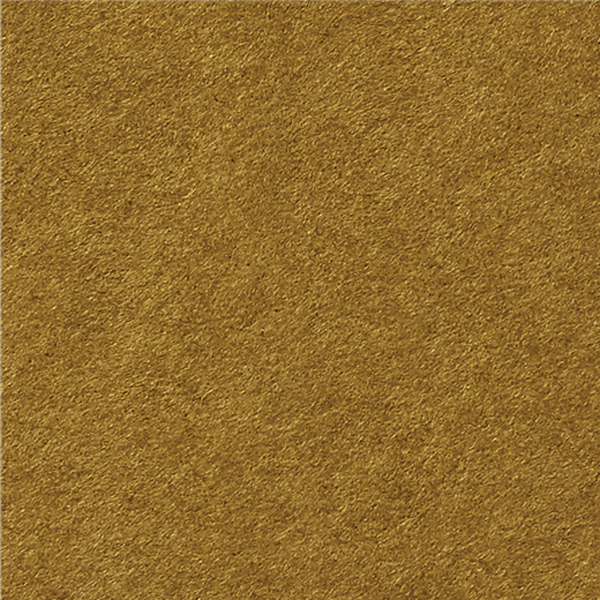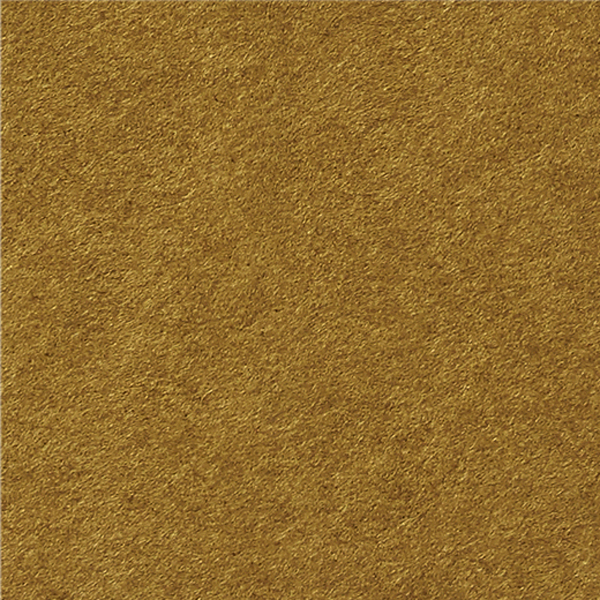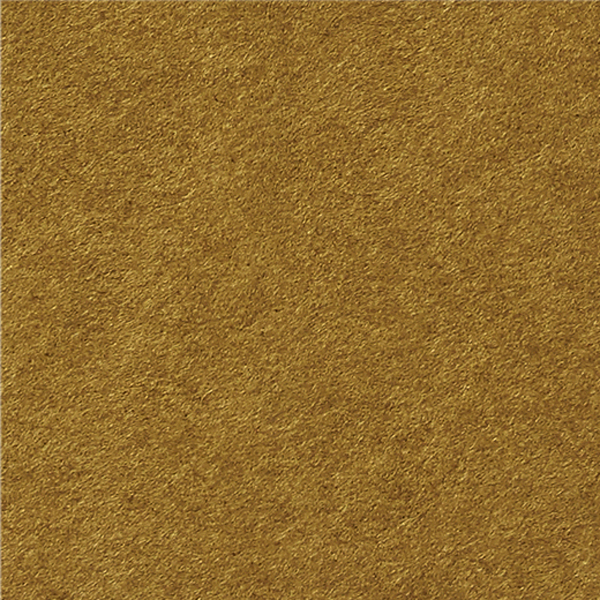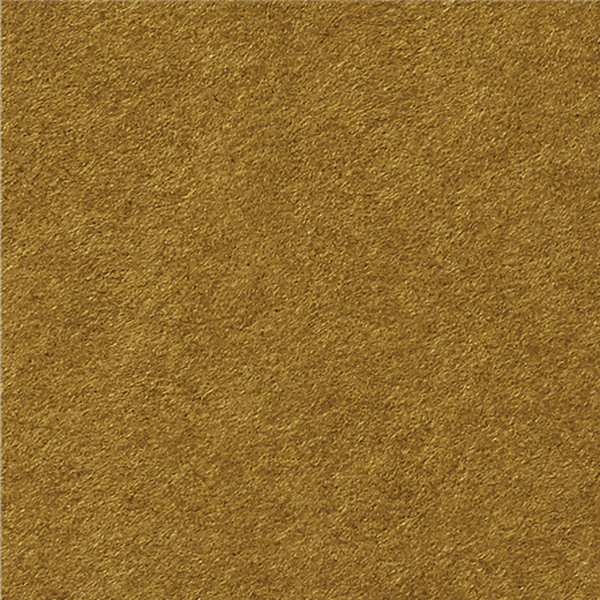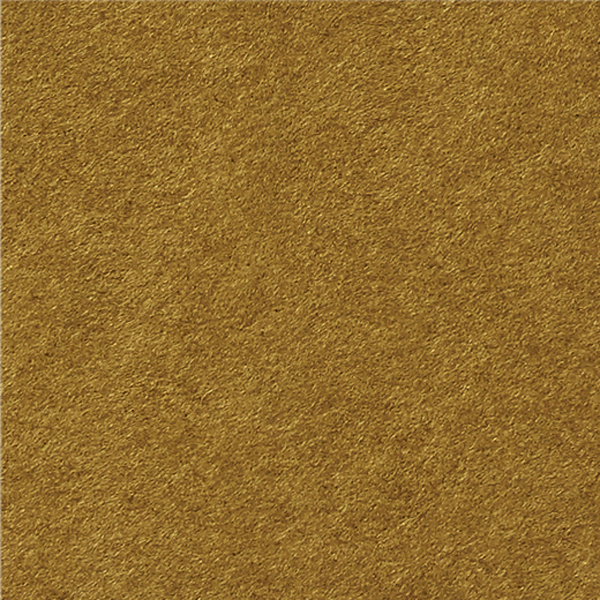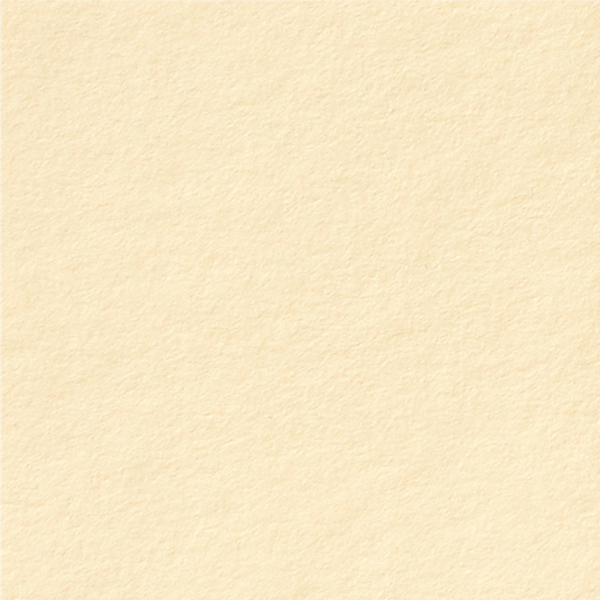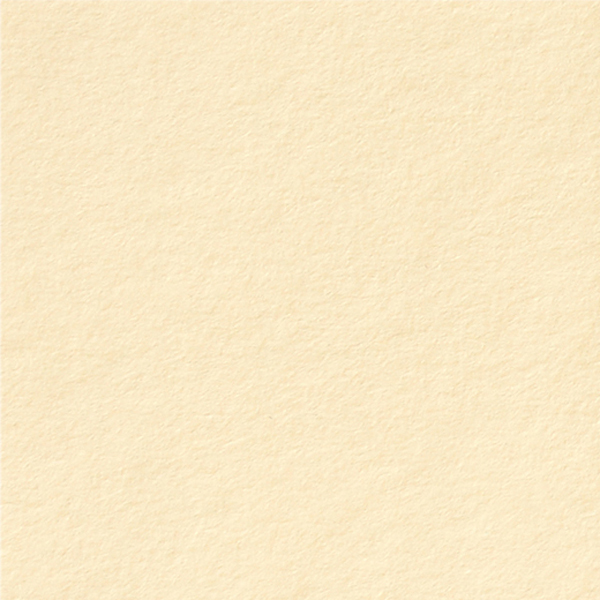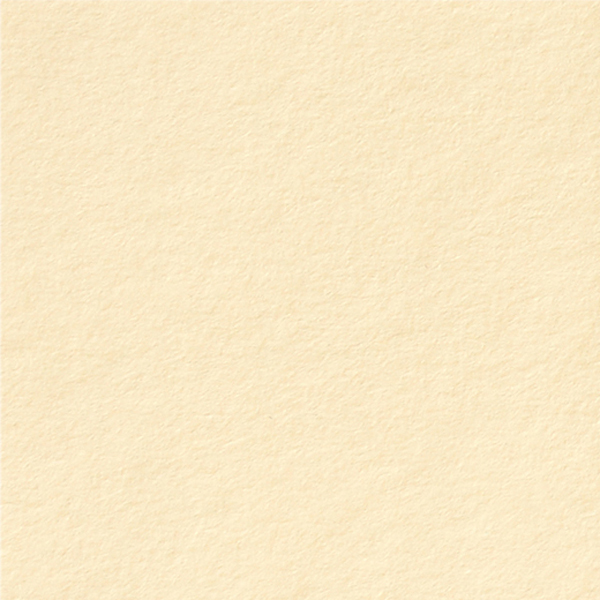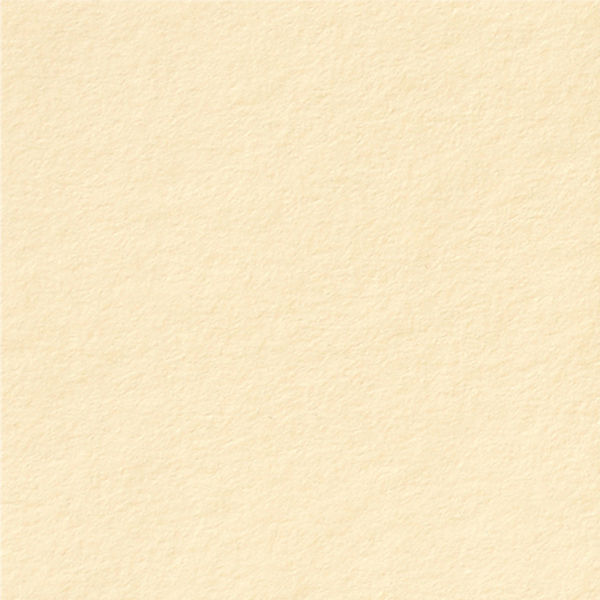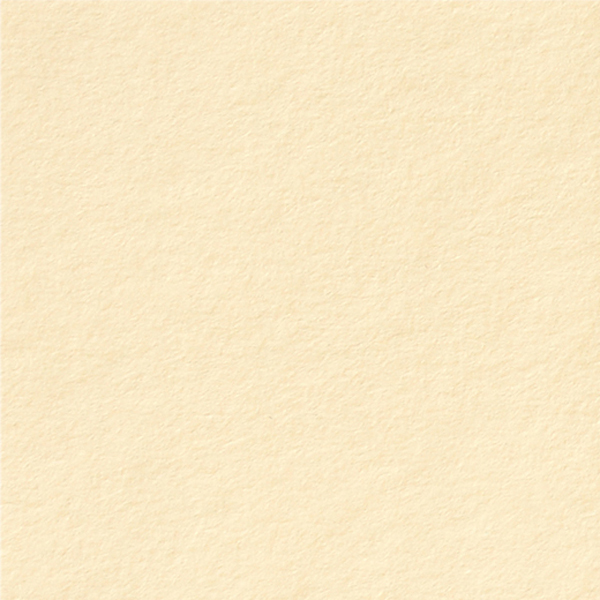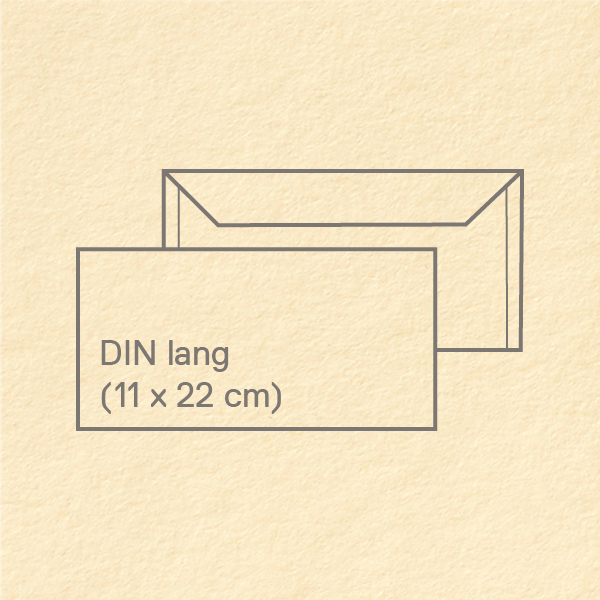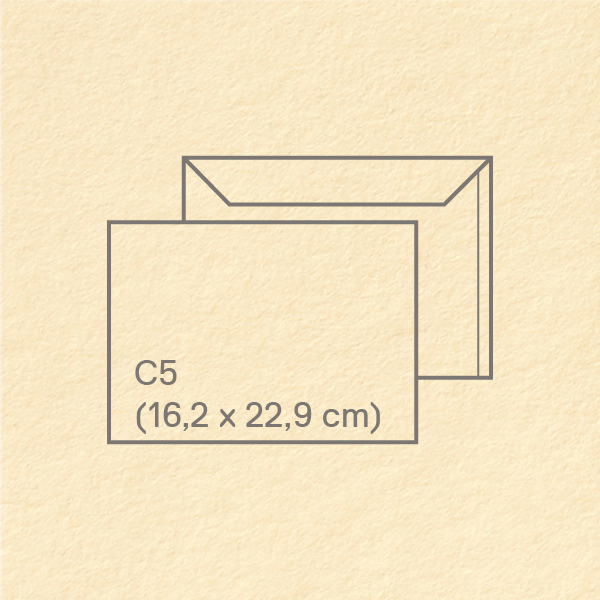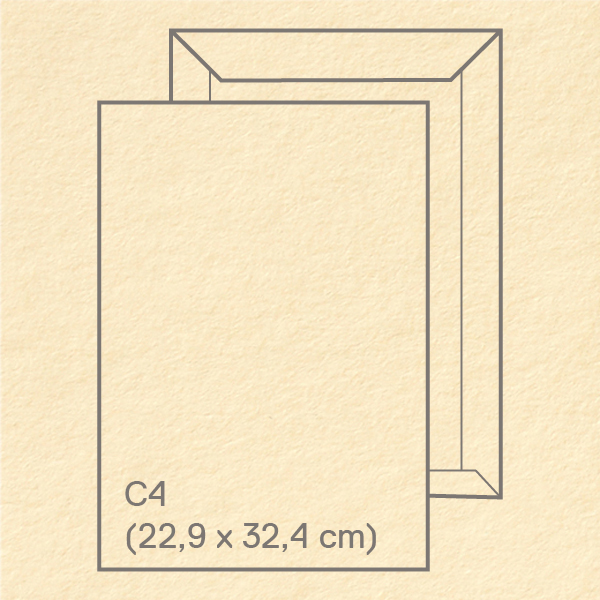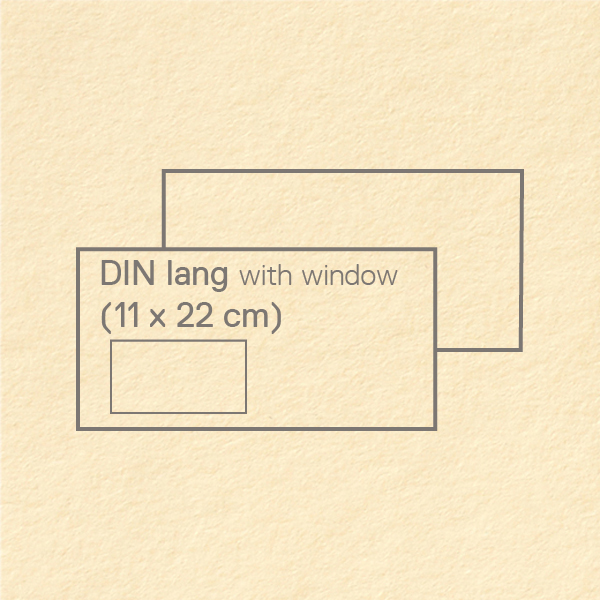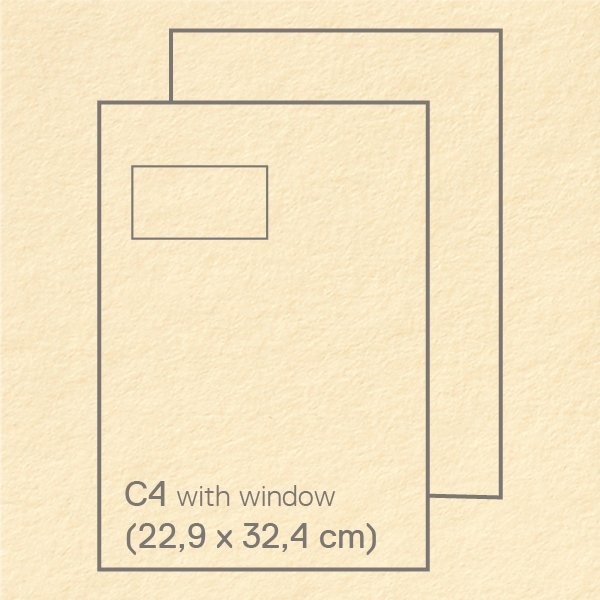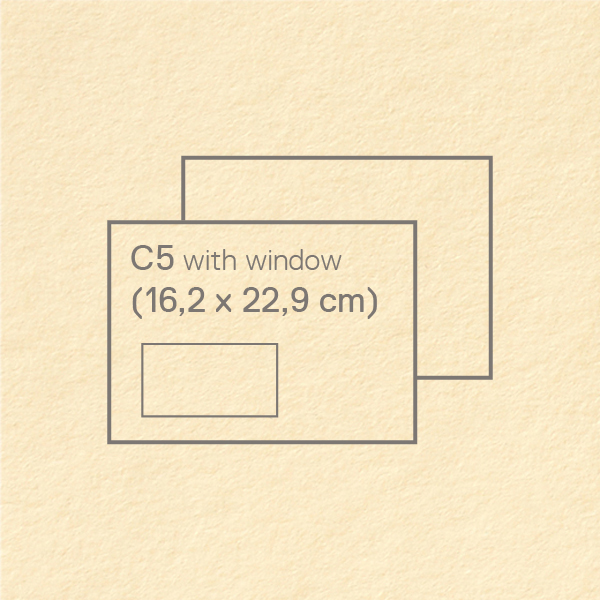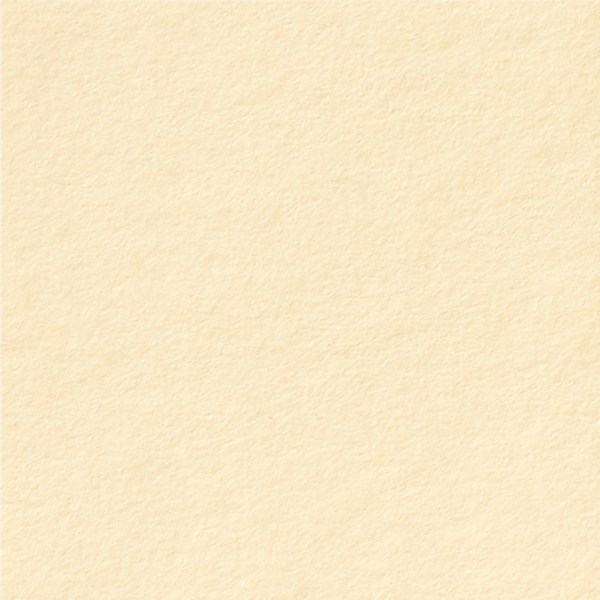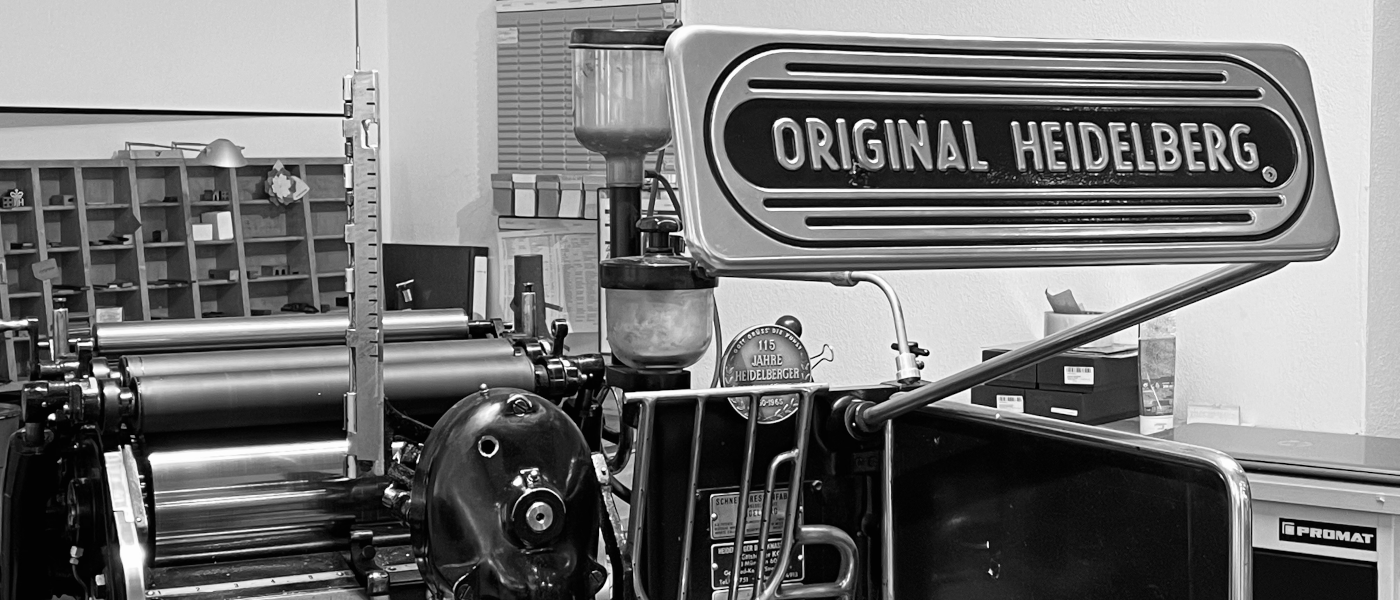
Letterpress
Gmund and letterpress go together perfectly. Letterpress has style and class. Printing and embossing are particularly attractive on Gmund’s voluminous papers.
Simple, aesthetic, impressive.
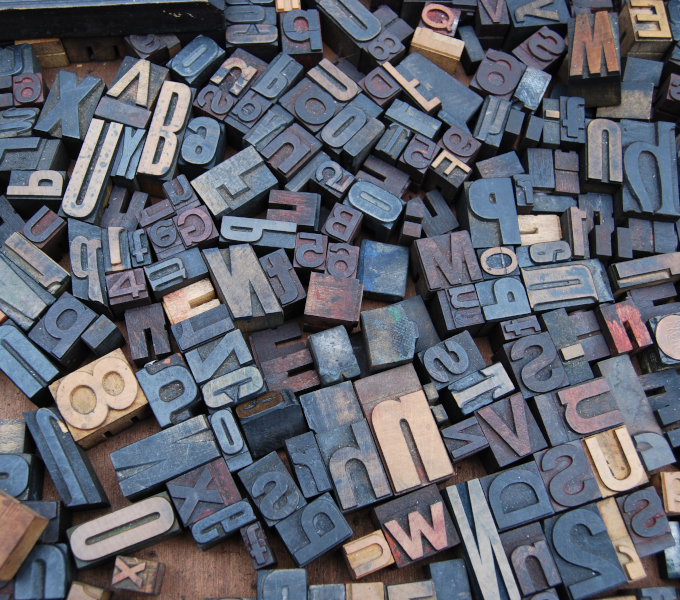
What is letterpress?
The English word “letterpress” has found its way into contemporary German, but the German language already had its own word for the same technique: Buchdruck. Books, newspapers and magazines were printed exclusively by this method for more than five centuries. The technique that Johannes Gutenberg invented in the mid-15th century evolved as time passed. Letterpress was superseded by offset printing due to the ever-increasing size of print runs in the 1960s and 1970s, but it has been experiencing a major renaissance in recent years for applications that prioritize high quality and appealing tactile characteristics.
In the past, texts were laboriously set by hand, one individual lead letter after another. Nowadays, this work step is facilitated by printing plates made expressly for each printed page. This results in greater freedom and creativity in the design of the printed products. Letterpress is a craft that continues to thrive around the world thanks to numerous enthusiastic letterpress specialists – and to the nearly indestructible letterpress machines from the last century. Letterpress is getting better all the time.
How does letterpress work?
Letterpress basically works the same way it did 570 years ago. The letterpress printer makes a printing plate, called a “cliché”, according to individual requirements. Nowadays, these clichés are made of metal or polymer and contain the print image in raised relief. Letterpress machines simultaneously press the ink and the characteristic deep embossing into the paper.
Letterpress paper needs greater volume, extra robustness and long, high-quality fibers. If the paper is too thin, it will tear under the high pressure applied by the letterpress machine. If the paper fibers are too short, the motifs will appear flat. Only one color can be applied with each printing pass, so multicolor prints require several passes.
A typical feature of letterpress printing is the relief, i.e. the deep embossing of the letters and designs, which makes letterpress printed products a sensual experience. Letterpress not only looks good: it also feels good when it’s used with the right paper.
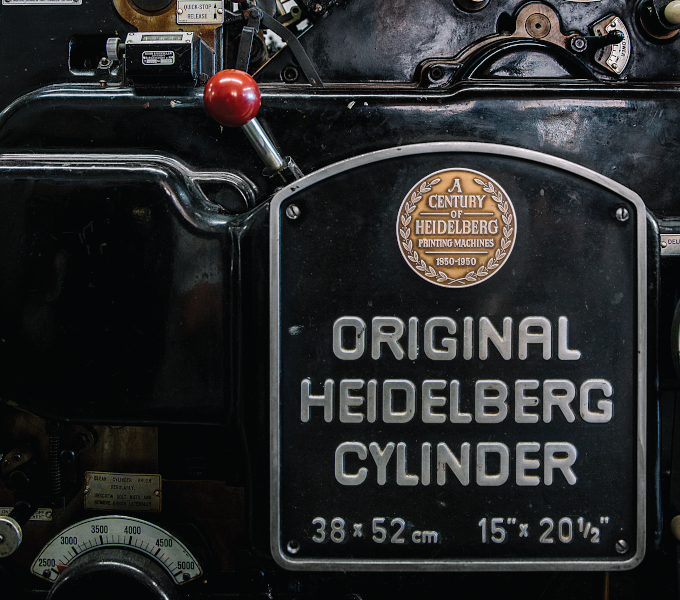
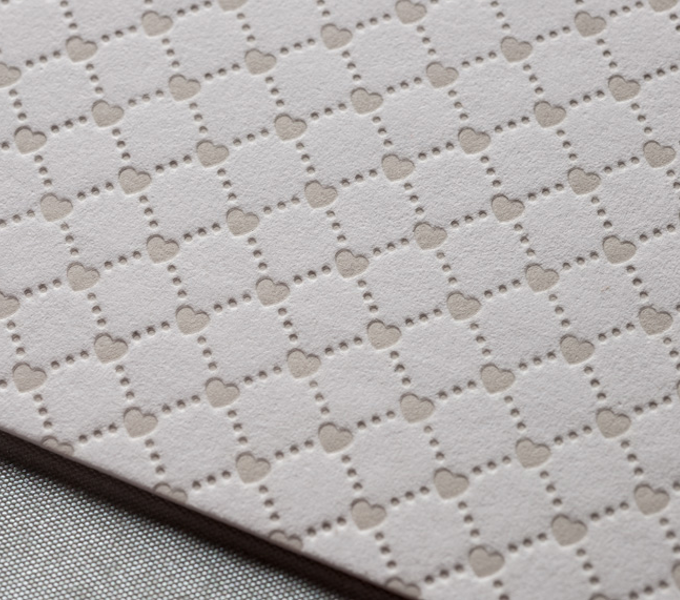
Which Gmund paper is suitable for letterpress?
An elaborate printing technique deserves a high-quality paper from Gmund at Lake Tegernsee – because the paper plays the starring role in letterpress printing. The results depend on the quality of the paper. The printing is as individual as the material is unique. Each sheet from our Gmund paper collections is one of a kind.
Letterpress printing uses less ink, so the results are particularly attractive on vibrant and preferably colored uncoated papers. Perfect for letterpress printing are our collections: Gmund Heidi, Gmund Cotton, Gmund Bio Cycle, Gmund Hanf and Gmund Colors.
All Gmund paper collections earn the Gmund ECO Certificate for sustainability. Gmund’s customers can print this certificate on their products, thus emphasizing their sustainable production.
Gmund paper for letterpress printing
Gmund Heidi: Coarse, elemental and authentic. Gmund Heidi is made from 100% recycled paper. This collection was specially developed for letterpress printing and owes its name to the Heidelberg press. The colors are nonreflective and warm, the surfaces are matte and soft – each sheet has a natural character. Gmund Heidi is available in grammages of 330 g/m² and 530 g/m².
Gmund Cotton: Gentle, pure and elegant. Gmund Cotton radiates naturalness. This favorite of all letterpress printers is made of pure cotton. Sturdy fibers enable a particularly deep embossing depth. Soft, matte surfaces and warm, natural colors make Gmund Cotton the most successful paper creation made from 100% cotton. Letterpress looks particularly impressive on Gmund Cotton in grammages from 600 g/m² to 900 g/m².
Gmund Hanf: High quality and recyclable. Gmund Hanf is made from 100% European hemp. Long fibers make this novel material strong in structure, soft in feel and wild in appearance. Hemp paper is uncommonly strong and durable. An ecological and creative paper sensation.
Gmund Used: Eco doesn't have to look eco. Obtained from 100% recovered paper, "deinked pulp" is used for Gmund Used, turning discarded paper into high-quality Gmund design paper. Optimal cycle through maximum fibre utilisation. Gmund Used combines novel, powerful colours with exceptionally high strength. As if made for letterpress.
Gmund paper for letterpress printing
Gmund Bio Cycle: Sustainable and credible. Up to 50% of Gmund Bio Cycle consists of resource-conserving fibers derived from wheat straw, grass, cotton and cannabis, all of which are annual plants. We combine these with an ecological classic made from 100% recycled paper. Gmund Bio Cycle Chlorophyll Leaf Green consists of 50% green cuttings from Bavarian meadows. With grammages up to 600 g/m², this paper provides the ideal basis for letterpress printing. The long-fiber pulp in Gmund Bio Cycle Cannabis Hemp results in a very strong paper. Gmund Bio Cycle makes a statement for ecological action and offers environmentally conscious companies an obvious added value in design, feel, story and credibility.
Gmund Colors: Letterpress also looks great on colored papers. Gmund Colors colored paper is the most modern paper from Gmund. Our all-rounder is suitable for all printing techniques. Best of all, Gmund Colors is CO2-neutral and Cradle to Cradle Certified Silver. Maximum visual impact, minimum ecological footprint.
Les Naturals: Fascinating - the sustainable recycled cardboard made from 100% waste paper is particularly suitable for letterpress business cards. The unique feel of Les Naturals is achieved by combining different recycled paper fibres: the rough surface of a natural cardboard with the different natural inclusions is an ideal basis for the powerful letterpress printing technique.
What is printed with letterpress?
Products printed with letterpress remain in people’s memories. This printing technique is particularly suitable for designing:
- Business Cards
- Invitation Cards
- Greetings Cards
- Christmas Cards
- Hangtags
- Covers
Individual and impressive - letterpress on Gmund paper catches the eye and never fails to make impact.
